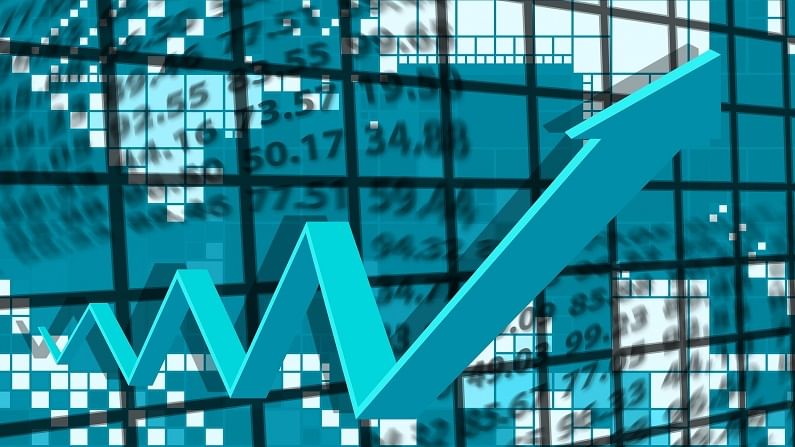Brokerages expect economic activity to normalise from September
With a possible peak followed by rolling-back of restrictions and a further pick-up in vaccinations, markets may begin to look beyond this short-term impact
- Sakshi Batra
- Last Updated : May 17, 2021, 12:35 IST

The devastating second wave of Covid-19 appears to have turned a corner with the number of daily cases slipping below the 3 lakh mark for first time since April 20. Various brokerage houses are studying if the cases are beginning to peak out starting with a few cities first and by when can we see normalisation of the economy again.
CLSA in its latest report has predicted that India may see a peak of new cases by June 2021. It says the peak in Maharashtra may have already happened. Haryana, Delhi and Andhra Pradesh may be the next to peak.
CLSA in its report has said, “We suspect restrictions will begin to be rolled-back with Maharashtra in early-June. States with over 75% of India’s GDP should roll-back these restrictions by Jul-Aug 2021”
These restrictions CLSA believes could have a notable impact on earnings in 1QFY22 as well as part of 2QFY22 . However, with a possible peak, announcements on the rolling-back of restrictions and a further pick-up in vaccinations should lend enough hope for the markets to look beyond this short-term impact.
“This points to some kind of normalcy in economic activity from Aug-Sep 2021,” the report mentioned.
CLSA also expects, India to vaccinate 9% of its population with at least one dose or both doses by end May 2021. India is expected to vaccinate 13.7% of its population with at least one dose or both doses by end June 2021
Crisil’s recent report suggests that fiscal year 2022 will be a story of two halves wherein H1 will be supported by a base effect, but clouded by the pandemic’s spread; recent surge in Covid19 cases has led to high-frequency indicators showing some softening. The second half of FY22 is to be led by better-spread economic growth, owing to increased vaccinations and better adaptability to the pandemic.
Crisil says, “Assuming case surge and lockdowns peak by mid-May. In this scenario, the economy is expected to return to pre-pandemic level by September 2021 quarter. In this scenario, Crisil expects India’s FY22 GDP to touch 11%. On the other hand, if the cases peak gets pushed to June-end, GDP growth may be to the tune of 8.2%.
Brokerage firm Edelweiss believes India’s second wave has been much more ferocious than the first. However, compared to the first wave, there are a couple of mitigating factors including exports performance is expected to improve given that the global economy is largely open compared to the first wave when had exports collapsed.
However, Edelweiss has mentioned in its report, “The psychological impact of the second wave given its intensity and spread across regions and income classes on consumer sentiments could last a bit longer this time. So, domestic durables demand could be slow to recover.”
The pandemic has rendered the global economy a patchwork of lockdowns and re-openings, and traditional economic linkages have been undermined. Thus, near term outlook is marred by high uncertainty. Taking this into account, Edelweiss has reduced its forecast of FY22 GDP projection by 150bps to 9.0-9.5% from 10.5-11.0% earlier taking into account the impact of the second wave.
Download Money9 App for the latest updates on Personal Finance.
Related
- KPMG को सेमीकंडक्टर इंडस्ट्री में तेजी की उम्मीद, जानें कौन से स्टॉक्स हैं सबसे आगे
- TCS-इंफोसिस समेत इन IT स्टॉक्स के आए टारगेट प्राइस, जेफरीज ने दी खरीदने की सलाह, 2025 में मिलेंगे अच्छे रिटर्न!
- इन म्यूचुअल फंड स्टॉक्स में भी है कमाई का मौका! ब्रोकरेज फर्म ने बोला 39 फीसदी तक मिलेगा रिटर्न
- Becoming a Crorepati, not a distant dream anymore!
- Markets getting ready for rush of IPOs
- SIP investments rising, so is SIP stoppage ratio!

